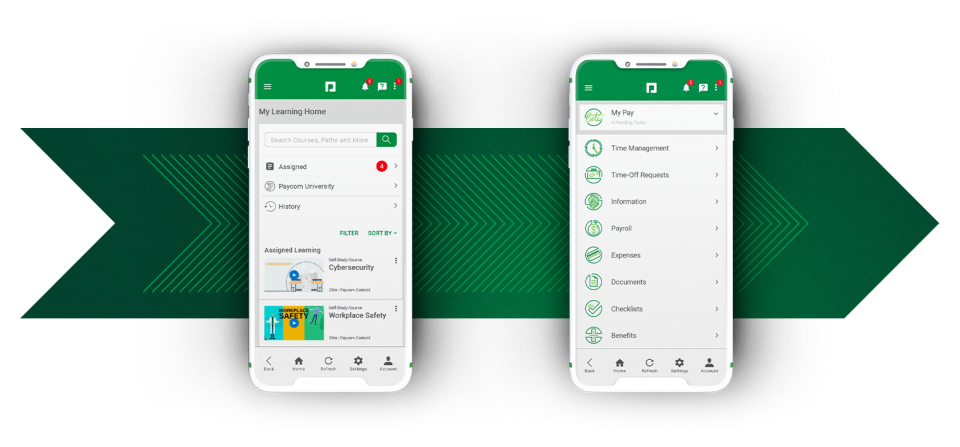Building an inclusive workforce will become increasingly crucial for businesses to prosper. In fact, the U.S. Bureau of Labor Statistics predicts that by 2030, 25% of the American workforce will be people of color.
The current trajectory of today’s job market will require many businesses to reconsider, evaluate and enhance their diversity and inclusion strategies to stay competitive. Leaders should consider and implement equity-building initiatives in facets of their business strategy, from recruitment to retention and beyond.
And beyond recruitment, building a diverse and inclusive environment helps foster the different perspectives great workforces need to be agile and innovative. But what does this process look like, and how do you gauge the positive impact diversity has on your organization?
In our recent webinar, Sharlyn Lauby, founder of HR Bartender, discussed the challenges of inclusion and diversity initiatives, as well as the rewards businesses reap when they rise to the occasion.
Perception and performance
Diversity and inclusion drive successful organizations even before a new employee enters the workplace. After all, if an employee can’t reasonably infer that they’ll be truly welcome and accommodated, they’ll likely look elsewhere.
And top talent isn’t just attracted to diverse and inclusive businesses; they help drive long-term success. According to a five-year study from McKinsey & Company, a professional consulting firm, companies that made the least progress toward diversity and inclusion were 27% more likely to underperform on profitability than all other companies. On the other hand, businesses that focused on these strategies were 35% more likely to achieve above-average returns, and overall performance increased by 31%.
This data paints a clear picture: More diversity invites more perspective, which enables enterprisewide growth.
Understanding and managing bias
While biases often emerge naturally and unconsciously, that doesn’t mean they’ll permanently hinder your diversity and inclusion strategy. In fact, when there’s a common understanding of what bias is and how it may affect your workforce, it becomes manageable.
However, there’s no temporary fix to this issue. Limiting the potentially negative effects of bias requires consistent, transparent and guided communication. For example, Paycom offers Better Conversations, an ongoing series that provides a safe space for employees to discuss topics related to diversity, inclusion and belonging.
In tandem with approaches that are effective in group settings, many employees also need diversity and inclusion initiatives that speak to them on a personal level.
Individual empowerment
When employees know they can approach their leaders and HR professionals with questions about diversity and inclusion, it helps them develop the confidence they need to propel their careers.
 Deploying a tool that enables employees to easily ask questions and efficiently and securely receive answers about these topics helps promote a more accommodating environment. Tough questions will likely arise, and simply providing a channel to pose questions, new ideas and perspectives shows that your organization cares about the topics that matter to your workforce.
Deploying a tool that enables employees to easily ask questions and efficiently and securely receive answers about these topics helps promote a more accommodating environment. Tough questions will likely arise, and simply providing a channel to pose questions, new ideas and perspectives shows that your organization cares about the topics that matter to your workforce.
Additionally, giving employees access to training that promotes diversity and inclusion through a learning management system that’s accessible anywhere, anytime gives them a renewable well of knowledge to help frame complex issues.
Remember, while prioritizing diversity and inclusion has the potential to enhance your operations, this effort ultimately champions your most valuable asset: employees.
For more insight on how diversity and inclusion leverages success, view our on-demand webinar, Unity by Design: Creating an Inclusive Workforce. And read our guide, Building a Better Workplace Through Diversity and Inclusion, for in-depth tips on building the right strategy for your employees.
DISCLAIMER: The information provided herein does not constitute the provision of legal advice, tax advice, accounting services or professional consulting of any kind. The information provided herein should not be used as a substitute for consultation with professional legal, tax, accounting or other professional advisers. Before making any decision or taking any action, you should consult a professional adviser who has been provided with all pertinent facts relevant to your particular situation and for your particular state(s) of operation.
